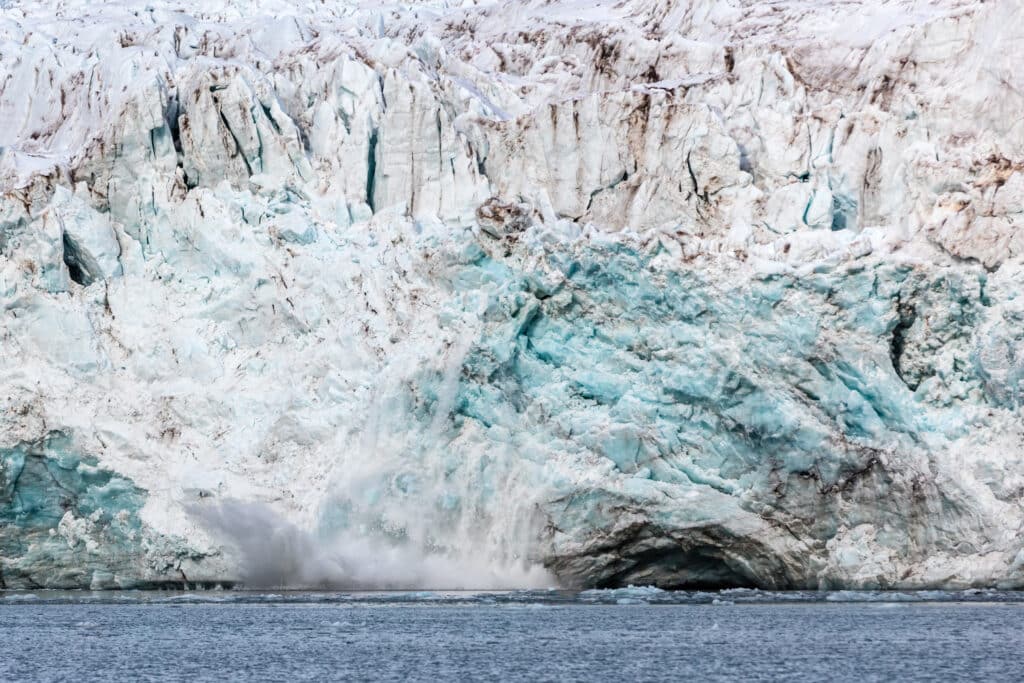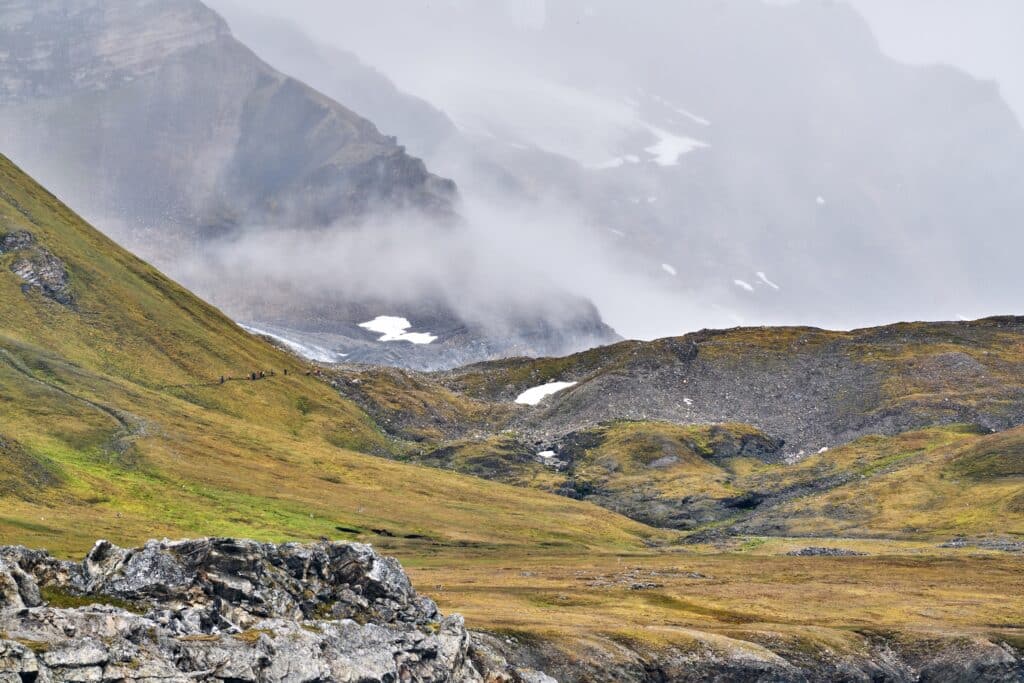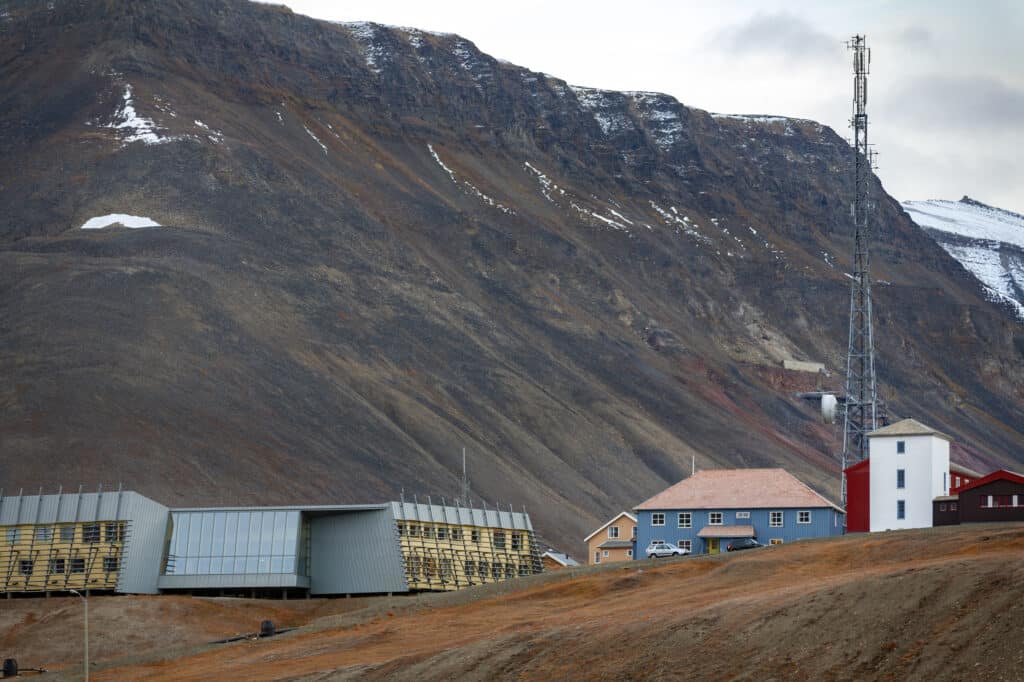Svalbard's captivating geology, characterized by its ice-carved landscapes, ancient rock formations, abundant coal deposits, and permafrost, offers a unique environment for visitors to explore and provides valuable insight into the earth's past. The geological wonders of this remote Arctic archipelago are a testament to the dynamic forces that have shaped our planet over millions of years.
Glaciers have played a significant role in shaping Svalbard’s landscape. Today, approximately 60% of the archipelago is covered in ice, with the largest glacier, Austfonna, stretching over 8,200 square kilometers. The relentless force of moving ice has carved out striking features such as fjords, valleys, and moraines, providing a glimpse into the power of glaciers in shaping the earth’s surface.

Svalbard’s geology is characterized by its diverse and ancient rock formations. The archipelago’s oldest rocks date back over 1 billion years and include various types of sedimentary, metamorphic, and igneous rocks. These ancient rocks provide a window into the earth’s past, offering insight into the processes that have shaped our planet.

Coal deposits in Svalbard have played a significant role in the region’s human history, with coal mining being one of the primary industries in the archipelago. The abundance of coal is a result of Svalbard’s unique geological history, as the region was once located near the equator and covered in lush swamps that eventually transformed into coal deposits over millions of years.

Permafrost, or permanently frozen ground, covers most of Svalbard and is a key aspect of the archipelago’s geology. This frozen layer of soil and rock, which can extend hundreds of meters below the surface, plays a crucial role in shaping the landscape and influencing the distribution of flora and fauna. As climate change continues to impact the Arctic, the study of permafrost becomes increasingly important in understanding its effects on the environment.
